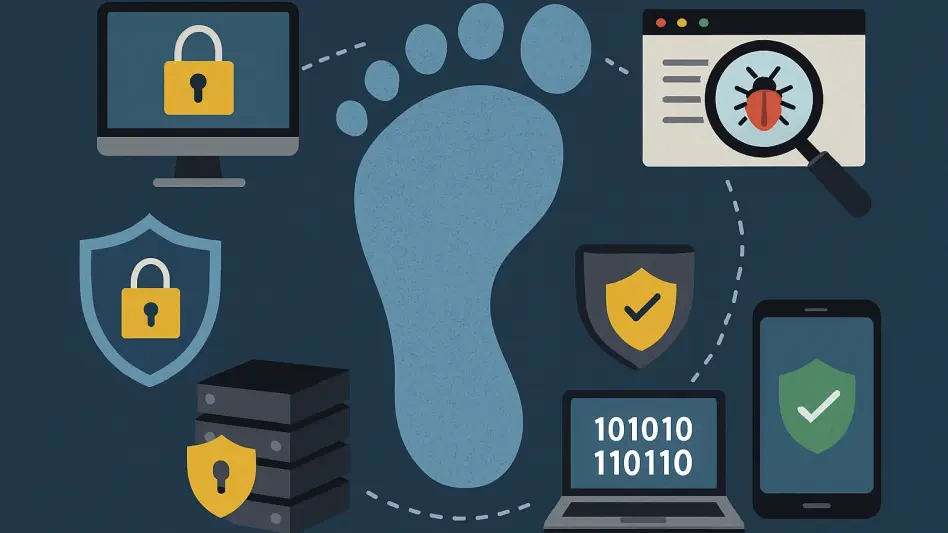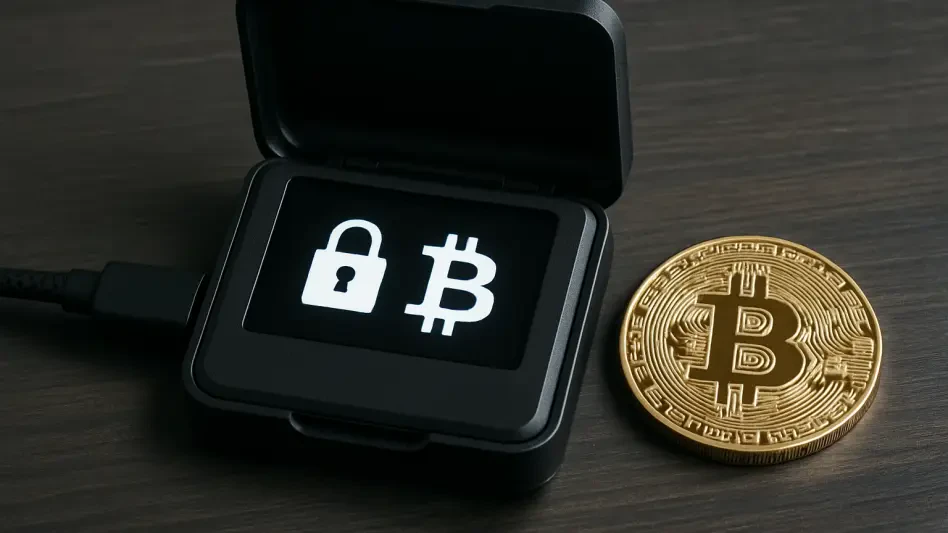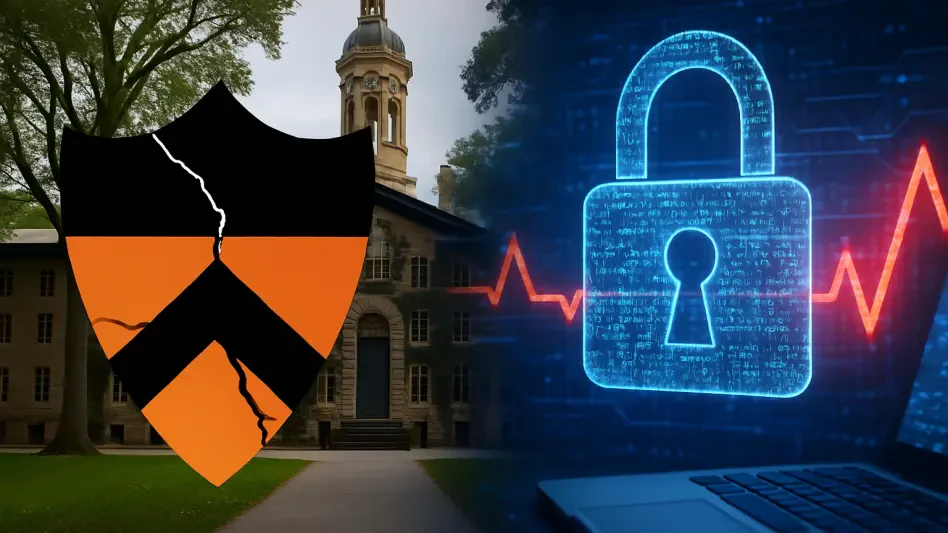The ever-evolving landscape of cybersecurity threats necessitates that organizations adopt robust measures to safeguard their digital assets. One such measure, phishing simulations, has gained popularity as a means to enhance employee security awareness and reduce the risk of social engineering attacks. According to an independent survey conducted among employees in various regions, including the UK, USA, Netherlands, France, Denmark, Sweden, the DACH region, and Africa, 90.1% of respondents found simulated phishing tests relevant. Additionally, 90.7% agreed that these exercises improve their awareness of real phishing threats, showcasing the effectiveness of this approach.
Despite these positive statistics, phishing simulations are sometimes perceived negatively, with critics alleging that they are deceptive and merely punitive. Such criticism primarily arises when simulations are misaligned with employees’ roles or are followed by inadequate feedback and support. The article delves into the benefits of phishing simulations and provides actionable steps for organizations to optimize their implementation, ensuring they are both constructive and effective.
1. Design Relevant and Authentic Simulations
Phishing simulations must closely reflect real-world threats that employees may encounter to be genuinely effective. Customizing tests to align with the specific threats targeting an organization is critical. Simulations that involve unrealistic or extraneous scenarios, such as emails about a “lost puppy in the building” or a sudden salary increase, can be seen as traps rather than educational tools. These types of simulations may evoke strong emotional reactions but do not necessarily contribute to employees’ ability to recognize genuine phishing attempts.
Instead, organizations should focus on crafting scenarios that are both likely and pertinent. For instance, emails spoofing internal communications or mimicking common external contacts are more likely to mirror the real threats an organization might face. By doing so, employees can develop a keen sense of identifying suspicious elements in realistic situations, significantly enhancing their cybersecurity awareness and preparedness.
Realism in phishing simulations fosters a practical learning experience. When employees encounter scenarios that closely resemble potential real-life threats, they are more likely to engage with the exercise seriously. This engagement is crucial in developing the skills necessary to recognize and respond to genuine phishing attempts, ultimately bolstering the organization’s overall security posture.
2. Emphasize Instruction
Phishing simulations should not merely serve as a test but also as a valuable educational opportunity. To maximize their effectiveness, organizations should adopt an instructive approach, providing employees with immediate, constructive feedback after each simulation. This feedback should clarify what mistakes were made and offer guidance on how to identify similar threats in the future. By treating each simulation as a teachable moment, organizations can foster a culture of continuous learning and improvement.
Implementing a fair escalation methodology is also essential. Instead of penalizing employees for falling for simulated phishing emails, the focus should be on helping them understand their errors and learn from them. This approach not only mitigates the negative perception of phishing simulations but also encourages employees to take the exercises seriously and view them as part of their professional development.
Educational feedback should be specific and actionable. Employees should be made aware of the subtle cues that indicate a phishing attempt, such as suspicious email addresses, unusual language, or unexpected attachments. By providing detailed explanations and practical tips, organizations can empower their workforce to become more adept at identifying and avoiding phishing threats.
3. Offer Prompt Follow-ups and Training
The effectiveness of phishing simulations is significantly enhanced by timely follow-ups and supplementary training sessions. When an employee interacts with a simulated phishing email, immediate suggestions and brief training on detecting phishing attempts should be provided. This helps reinforce the learning experience and ensures that employees internalize the necessary skills to recognize phishing threats.
Regular training sessions should also be incorporated into the organization’s cybersecurity awareness program. These sessions can cover a range of topics, including the latest phishing tactics, common signs of phishing emails, and best practices for reporting suspicious activities. By offering continuous education, organizations can keep employees informed about evolving threats and maintain a high level of vigilance.
Moreover, prompt follow-up training helps address any gaps in employees’ understanding and reinforces the lessons learned from previous simulations. This ongoing education not only improves individual security awareness but also contributes to a more resilient organizational culture where cybersecurity is a shared responsibility.
4. Maintain Openness and Justice
Transparency and fairness are critical components in the successful implementation of phishing simulations. Employees should be clearly informed that these exercises are part of the company’s cybersecurity awareness program. This transparency helps build trust and ensures that employees understand the purpose and value of the simulations.
Organizations should avoid using overly misleading tactics that could feel like entrapment. The difficulty level of the simulations should be appropriate and gradually increased as employees become more proficient in recognizing phishing attempts. This approach ensures that simulations remain challenging yet fair, promoting a positive learning experience.
Fairness also involves recognizing that human error is inevitable. Instead of focusing solely on failures, organizations should celebrate the successes and improvements made by employees. This balanced approach fosters a supportive environment where employees feel encouraged to engage with the simulations and view them as opportunities for growth rather than potential pitfalls.
5. Celebrate Security Vigilance
Acknowledging and rewarding employees for their vigilance in identifying phishing attempts is a powerful motivator. Recognizing employees who successfully report phishing threats, whether simulated or real, reinforces the importance of their role in the organization’s cybersecurity efforts. This recognition can take various forms, such as shout-outs in meetings, gamification, leaderboards, or small rewards.
Gamification, in particular, can be an effective way to engage employees and promote healthy competition. By creating a leaderboard that tracks successful phishing detections, organizations can encourage employees to improve their skills and stay attentive to potential threats. This approach not only makes cybersecurity awareness more engaging but also fosters a sense of achievement and pride among employees.
Celebrating security vigilance helps create a positive reinforcement loop. When employees see that their efforts are appreciated and rewarded, they are more likely to remain diligent and proactive in identifying phishing attempts. This collective vigilance ultimately strengthens the organization’s cybersecurity defenses and reduces the risk of successful attacks.
Turning Awareness into Action
The ever-changing cybersecurity landscape requires organizations to adopt strong measures to protect their digital assets. Phishing simulations have become a popular method to boost employee security awareness and minimize the risk of social engineering attacks. An independent survey of employees across the UK, USA, Netherlands, France, Denmark, Sweden, the DACH region, and Africa revealed that 90.1% of respondents found simulated phishing tests relevant. Furthermore, 90.7% believed these exercises improved their awareness of genuine phishing threats, highlighting their effectiveness.
Despite these positive findings, some view phishing simulations negatively, accusing them of being deceptive and punitive. Such criticism often stems from misaligned simulations with employees’ roles or insufficient feedback and support following the tests. The article explores the advantages of phishing simulations and offers practical steps for organizations to optimize implementation. By ensuring simulations are both constructive and effective, organizations can foster a more secure environment.








